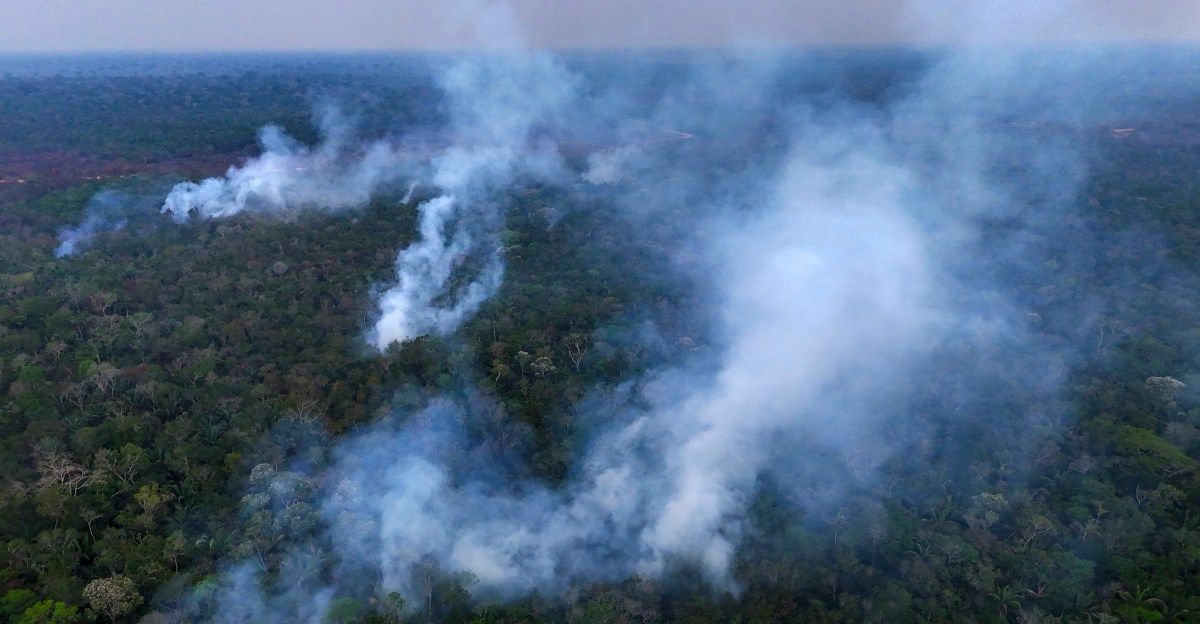The Alarming Truth Behind Our Planet’s Dwindling Forests
Global forest cover has declined by 10% since 1990, with an alarming 4.1 million hectares lost annually between 2015 and 2020, according to the latest United Nations Food and Agriculture Organization (FAO) data. This rapid deforestation, driven by agricultural expansion, logging, and wildfires, threatens biodiversity, climate stability, and human livelihoods. Scientists warn that without urgent action, the world risks crossing irreversible ecological tipping points.
The Shrinking Green Canopy: A Global Crisis
New satellite imagery and research reveal that forests now cover just 31% of Earth’s land area, down from 45% during the pre-industrial era. The most significant losses occur in tropical regions:
- Amazon Basin: 17% deforestation since 1970
- Congo Basin: 500,000 hectares lost annually
- Southeast Asia: 30% of old-growth forests gone since 1990
“We’re not just losing trees—we’re dismantling entire ecosystems that took millennia to evolve,” warns Dr. Elena Rodriguez, a forest ecologist at the World Resources Institute. “Each hectare lost represents hundreds of species displaced and thousands of tons of carbon released.”
Primary Drivers of Deforestation
Three main factors account for 90% of global forest loss:
- Agricultural expansion (50%): Soy, palm oil, and cattle ranching drive 80% of tropical deforestation
- Timber extraction (30%): Illegal logging accounts for 15-30% of the global timber trade
- Infrastructure development (10%): Roads, mining, and urban sprawl fragment remaining forests
Climate change exacerbates the problem through increased wildfires and pest outbreaks. In 2023 alone, Canada lost a record 18.5 million hectares to wildfires—seven times the annual average.
Climate Impacts and Biodiversity Loss
Forests currently absorb 30% of anthropogenic CO2 emissions, but their capacity is diminishing. The IPCC estimates deforestation contributes 12-20% of total greenhouse gas emissions—more than the global transportation sector.
The biodiversity crisis is equally dire:
- 80% of terrestrial species depend on forests
- 137 species go extinct daily due to habitat loss
- Only 15% of the world’s primary forests remain intact
“We’re witnessing the sixth mass extinction in real time,” states Professor Raj Patel of Yale’s School of Forestry. “Forest loss is the primary driver—when the trees go, everything else follows.”
Economic Costs and Human Consequences
Deforestation carries staggering economic repercussions:
- $2-5 trillion in annual ecosystem service losses
- 25% of global population relies directly on forest resources
- Increased zoonotic disease risk (e.g., Ebola, COVID-19)
Indigenous communities suffer disproportionately, despite protecting 80% of Earth’s biodiversity on just 20% of its land. “Our knowledge systems have sustained these forests for generations,” says Tuntiak Katan, coordinator of the Global Alliance of Territorial Communities. “Now we need the world to listen before it’s too late.”
Pathways to Recovery
Several strategies show promise for reversing forest decline:
- REDD+ programs have reduced deforestation rates by 35% in participating tropical countries
- Corporate zero-deforestation pledges now cover 74% of global palm oil trade
- Indigenous land titling reduces deforestation rates by 50-75%
Technological innovations like real-time satellite monitoring and blockchain timber tracking are improving enforcement. Meanwhile, restoration initiatives like the Bonn Challenge aim to rehabilitate 350 million hectares by 2030.
The Road Ahead: Urgent Choices
Current projections suggest we could lose another 170 million hectares by 2030 without policy changes. However, experts emphasize that solutions exist:
- Shifting to sustainable agroforestry models
- Strengthening governance and enforcement
- Redirecting $200 billion in harmful subsidies toward conservation
The 2025 UN Biodiversity Conference represents a critical juncture for setting binding forest protection targets. As Dr. Rodriguez notes, “We have perhaps one decade to change course. The forests won’t wait, and neither can we.”
What can you do? Support certified sustainable products, reduce meat consumption, and advocate for stronger forest policies. The future of Earth’s green lungs depends on collective action—starting today.
See more Your Daily Weather



